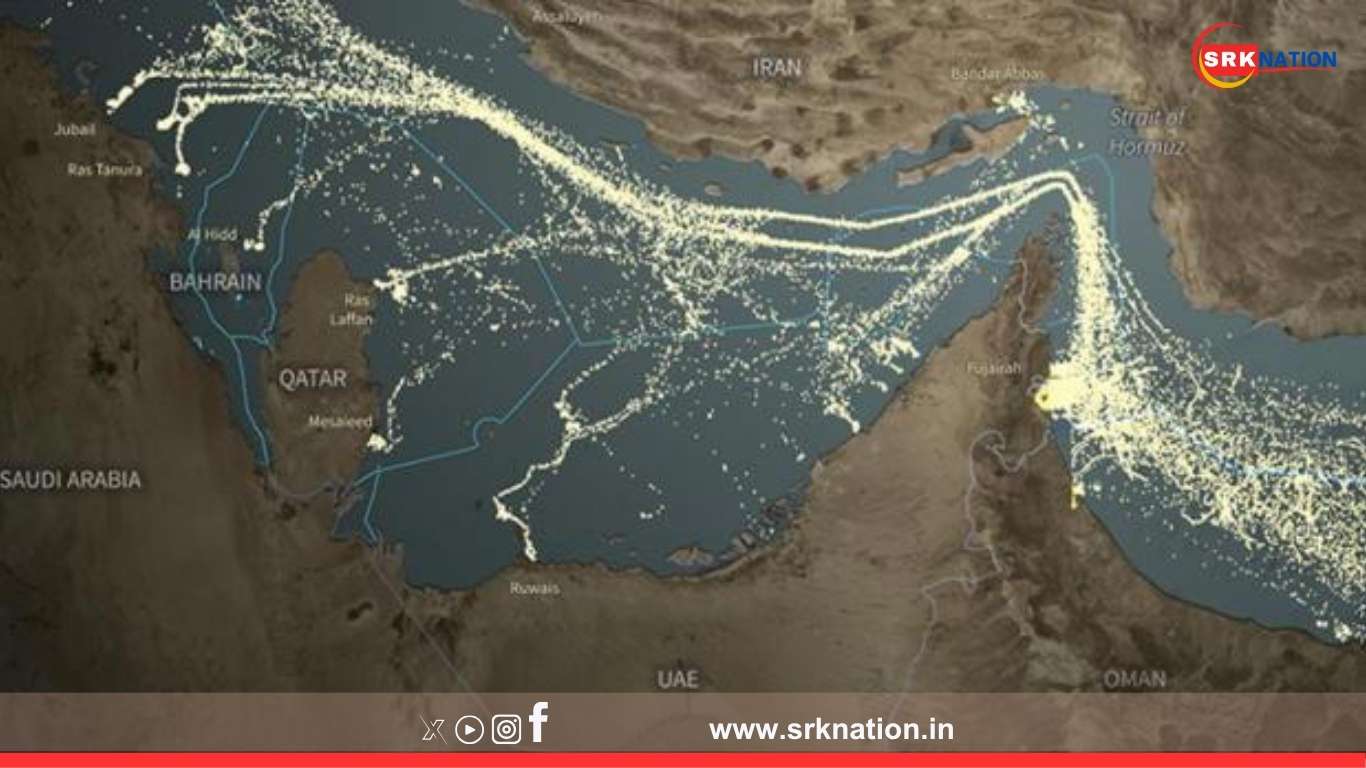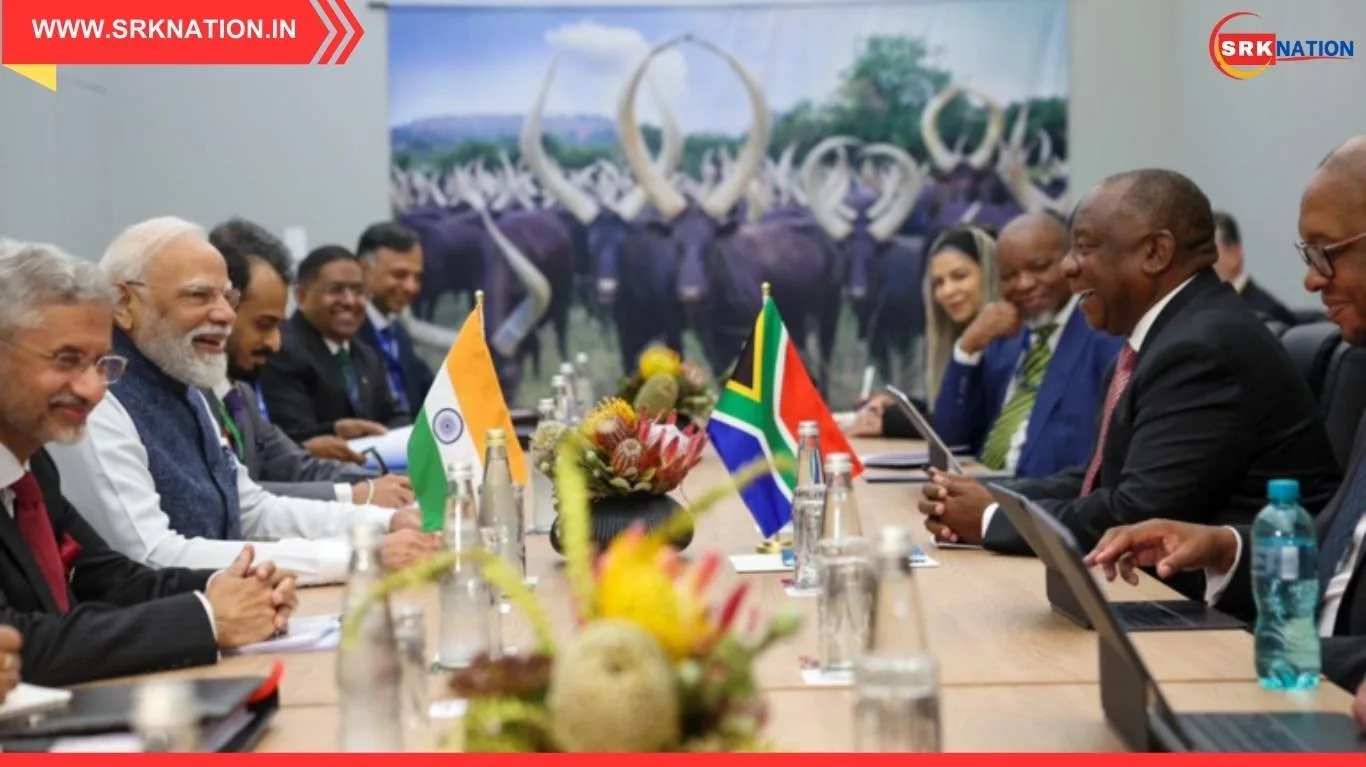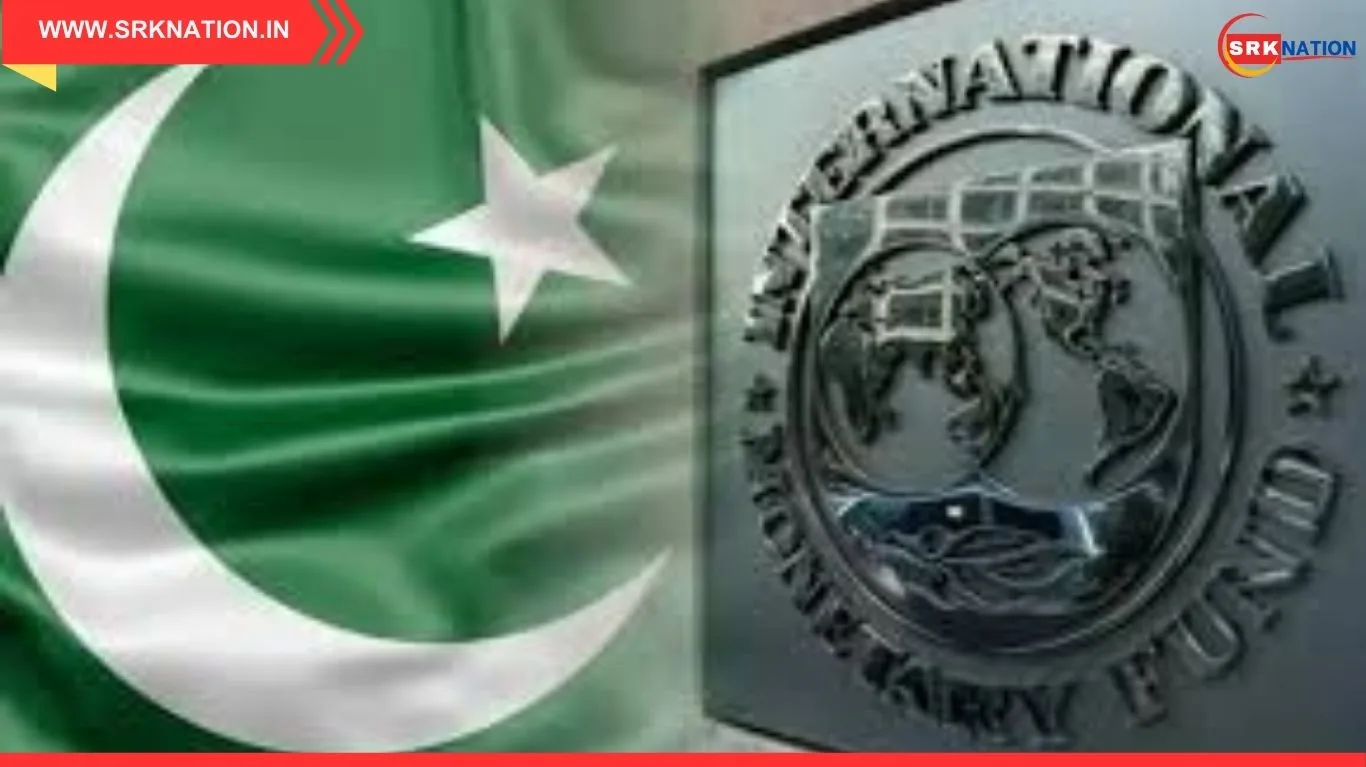In a move that could reshape global oil dynamics, Iran’s parliament has approved a measure to close the Strait of Hormuz, the world’s most critical oil shipping route, following recent US airstrikes on Iranian nuclear facilities. While the final decision rests with Iran’s Supreme National Security Council, the development has already sent shockwaves through energy markets and raised concerns in major oil-importing nations like India.
🌍 Why the Strait of Hormuz Matters
The Strait of Hormuz is a narrow maritime chokepoint connecting the Persian Gulf to the Arabian Sea, through which nearly 20% of global oil and gas flows daily. In 2024 alone, it saw an average of 20.3 million barrels of oil and 290 million cubic meters of LNG pass through each day.
🇮🇳 How Will This Impact India?
India, which imports 90% of its crude oil and 50% of its natural gas, relies heavily on this corridor. Approximately 2 million barrels per day (bpd) of India’s total 5.5 million bpd oil imports transit through the Strait.
However, experts say India is better insulated than in the past, thanks to:
- Diversified sourcing from Russia, the US, Brazil, and West Africa
- Russian oil shipments that bypass the Strait via the Suez Canal or Cape of Good Hope
- LNG imports from Qatar and other suppliers using alternate routes
India’s Oil Minister Hardeep Singh Puri recently assured that the country has sufficient energy reserves and can manage short-term disruptions using its strategic petroleum reserves, which cover about 9–10 days of imports.
📈 What to Expect Next
While supply chains may hold, analysts warn of a near-term spike in crude prices, potentially pushing Brent crude above $80 per barrel. The situation remains fluid, with global markets closely watching Iran’s next move and the response from the US and its allies.
Stay tuned for updates on this developing geopolitical flashpoint.











